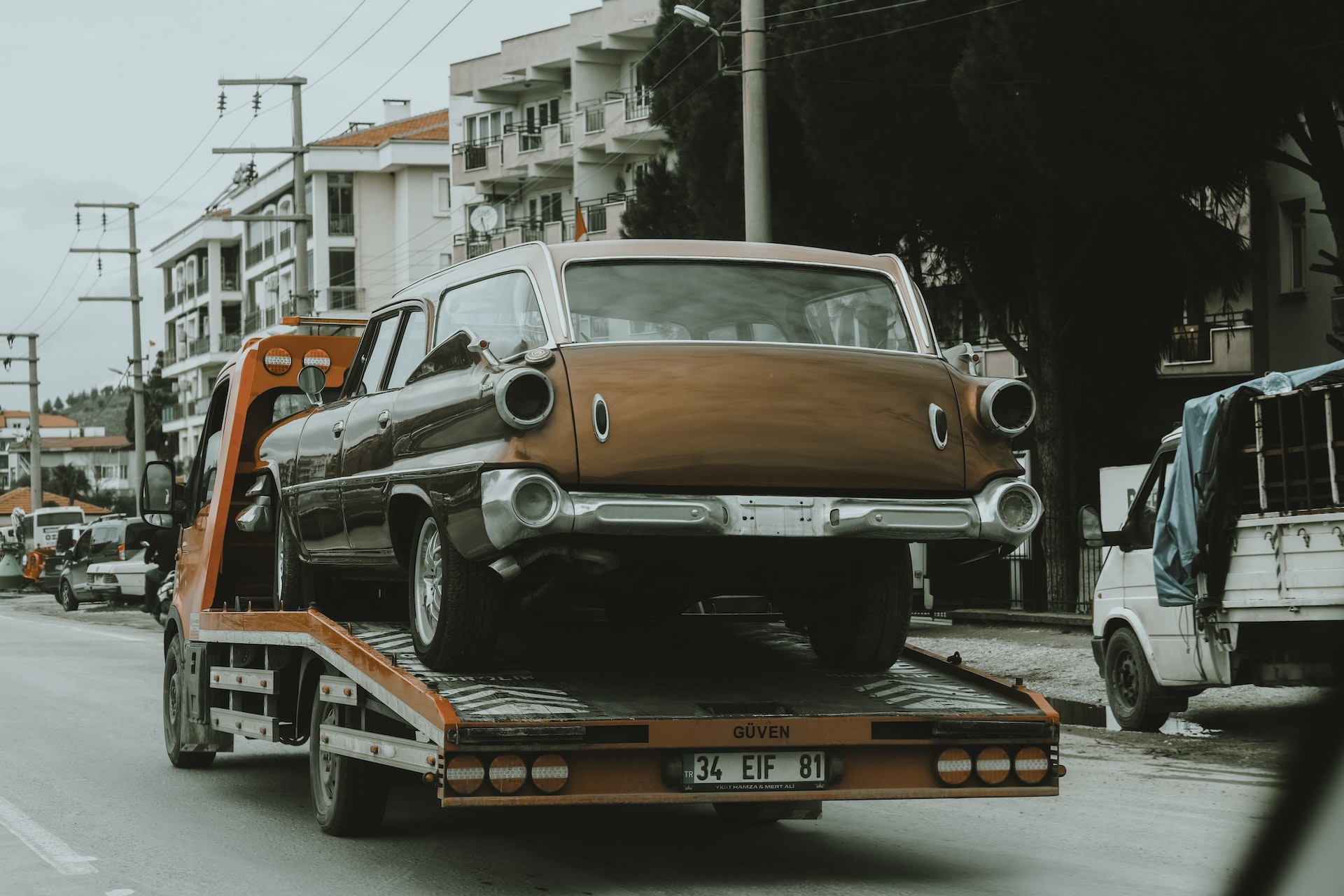- Hailstones can cause dents, chips, and cracks on the windshield and car body.
- Floods can significantly damage the engine, transmission, and exhaust system of the car.
- Sun damage can make your car’s paint and interior look old and dull.
- Potholes can cause significant damage to your car’s wheels, alignment, and suspension system.
- Storm damage can shatter windows, cause scratches and dents, and make debris fall on the car.
As a car owner and driver, it is inevitable to experience hazardous driving conditions at some point in your driving experience. From hail storms to floods, the damage to your car can be costly to repair. This blog will teach you about the most common car damages caused by hazardous driving conditions. Knowing these hazards will help you stay safe on the road and take good care of your car.
Hail Damage
Hail is one of the most common driving hazards you can experience, especially during the summertime. When hailstones hit your car, they can cause dents, chips, and cracks on your windshield.
If your car’s windshield sustains major damage as a result of this, contact professionals in mobile windshield replacement right away. They will come to you and replace your windshield so that you can drive safely. They will also make sure that the repairs are done correctly according to manufacturer standards.
Additionally, depending on the severity of the storm, hail can also cause damage to your car’s body, making it look like a golf ball. To avoid these damages, it is advisable to park your car under a covered area or garage during hailstorms.
Flood Damage
Driving through flooded areas can cause extensive damage to your car. Water can get into your car’s engine, transmission, and exhaust system, causing significant damage. It is advisable to stay away from flooded areas as much as possible.
If you must drive through a flooded area, ensure the water level is not higher than the mid-point of your car’s tires. If floodwaters get inside your car, ensure you do not start your car to avoid water getting into the engine.
Sun Damage
The sun can cause extensive damage to your car’s paint and interior, especially during summer. Sun damage can make your car’s paint look old and dull, making it less attractive. It can also cause the dashboard, seats, and steering wheel to wear out and crack, leading to expensive repairs. To protect your car from sun damage, park your car in the shade, use a car cover, or apply sunscreen on your car’s interior.
Pothole Damage
Driving on pothole-filled roads can cause significant damage to your car’s wheels, alignment, and suspension system. Potholes can cause your tires to blow out or bend the wheel’s rim. Hitting potholes frequently can cause your car’s suspension system to weaken, leading to unsafe driving conditions. While you can try to avoid potholes by reducing your speed or choosing smoother roads, sometimes damage is unavoidable. When that happens, a trusted service like Horizon Auto Center can help get your car back in shape. Experienced technicians can assess the full extent of the damage and make sure repairs are done safely and effectively.
Storm Damage
Storm damage can cause extensive damage to your car’s body, such as shattered windows, scratches, and dents. Driving in strong winds can also cause tree branches or debris to fall on your car.
To avoid storm damage, park your car in a covered area or garage during stormy weather. If you are driving during a storm, slow down, and keep a safe distance from other cars as visibility is reduced.
General Car Protection Tips
While the damages and conditions discussed above may require specific ways of protection, there are some general car care tips that will help protect your car in all weather and driving conditions. Here’s what you need to know:
Check the tire pressure.
Regularly checking your vehicle’s tire pressure is essential to ensure that your tires are well-maintained. Low tire pressure can lead to decreased fuel efficiency and poor vehicle handling.
Keep your car clean.
Regularly cleaning and waxing your car will help protect its paint from sun damage, dirt, debris, and other environmental damage. A clean car looks great and maintains a higher resale value.
Check the oil regularly
To keep your car running smoothly, checking the engine oil level and quality regularly is important. Low or poor-quality oil can cause damage to your car’s engine and lead to costly repairs.
Regularly inspect brakes, shocks, and struts.
Regularly inspecting your car’s brake pads, shocks, and struts is essential to ensure the safety and performance of your vehicle. If any part has sustained damage or has worn out, it should be replaced immediately.
Following these general car protection tips ensures your car is well taken care of and protected from hazardous driving conditions.
Car owners must know the common damages due to hazardous driving conditions. From hail and flood damage to sun and storm damage, many factors can cause expensive repairs if your vehicle isn’t properly protected. Taking the precautions discussed in this blog will help keep your car safe on the roads while saving time and money from costly repairs in the future.









